|
G'day everyone. Today is blog Friday. So today.....I'm going to talk about 5G networks. 5G stands for fifth generation (5thGen) networks. When I say network, we mean mobile phone network. It's basically the fifth generation of mobile phone network, after 3G and 4G. What does that really mean? Well....it means you're about to get super super fast speeds, with a very low amount of delay. Speed is measured as bandwidth in gigabits per second (Gbps). Delay is measured in milliseconds (ms) as latency. The great news for gamers, remote communities and all consumers of apps in the cloud, is that it poses a serious alternative to technologies like ADSL2. ADSL2 is also known as broadband. In Australia in particular, we have something called the National Broadband Network, known as NBN. Which is meant to provide highspeed broadband. To be fair, it hasn't really delivered the speeds and service quality the government promised. In fact....it's been......a disaster. So let's redesignate the NBN acronym to.....Nil Bandwidth Network. 😂 Check out the awesome cartoon taking the mickey out of the entire saga, copywright of Westpix: Anyway...moving on.... According to Wikipedia, which is one of my favorite resources for learning, 5G networks are digital cellular networks, that are divided into smaller geographic areas. These areas are called cells. These cells, allow mobile phones to seamlessly connect.....to different areas of the network. So as you move across different locations, you're able to move between cells. This gives you seamless coverage, and provides you with uninterrupted speed with minimal latency (delay). The main advantages of using 5G are:
Let me use some real data, based on the AT&T 5Gn network. This is taken from the CNET article below: The testers in this article were gaining at least 1.4 Gigabits (Gbps) per second. To give you an idea of how fast that is......your current ADSL2 connection is capable of 0.02 Gbps per second maximum. You're more likely using 0.01 Gbps. So 5G, is 140 times faster. This article is specifically measured in the US. In other countries, bandwidth and latency it will vary. So the speeds are dependent on the quality of the infrastructure, the spread of the population across a country and the investment needed in each country. For example, in Australia, we'd be looking at lower speeds. But I would typically be expecting a speed of at least 0.2 Gbps once the rollout is maturing towards the end of 2020. Unfortunately in the early part of a rollout in Australia, it's likely to be a lot less. But even if we only get 0.1 gbps, that's still 10 times faster. You can check out my mental arithment below...courtesy of Uncle Google. The Uncle you can't do without....and is less embarrassing at family parties...😂 The next question everyone tends to ask is why would you want 5G. Well...imagine this situation. You're living in a a remote community in outback Australia. Kangaroos and Koala Bears are running wild. Running cables out to say...Woorabinda....no I didn't just make that name up....is going to be very expensive. It's also unlikely to provide a reliable and high bandwidth solution. But wait....5G offers a very cost effective alternative. This means that remote communities are not at a disadvantage and benefit from improved services, higher quality of life and better health outcomes. A core use case to help improve health outcomes in remote areas is the use of Telehealth services. Telehealth services, allow patients and doctors to interact and collaborate effectively to help solve health issues. In a 5G network it would not only provide a reliable high-resolution video link. It would also allow the transmitting of complex medical information in real-time. This would save a patient driving many hours to see a medical practitioner. A 12 hour drive in remote areas is not uncommon. A far cry from Brisbane city dwellers moaning about a 40 minute rush-hour commute into the city. 😂 So a telemedicine capability would be able to stream live video between a doctor and a patient and resolve various medical conditions. Other use cases for 5G include:
With all of our devices connected to the network, humans can make better decisions, based on advanced analytics. This helps improve our lifes and lifestyles....and allows us to become more sustainable. Because our kids deserve a cleaner planet....right? 😎 Check out the use cases from Ericsson: More importantly from an everyday perspective, if you're living in a metropolitan area, 5G is now a serious alternative to broadband, 4G and other networks like NBN. It also allows us to change our lifestyle. So 5g would allow us not only to have high speed internet at home but also have that mobile speed as we travel. Quite simply, you could have a network that effectively follows you around, which means the paradigm of working from home or working from office is fragmented further....which means people like me who do a lot of travel can do more with less. Lean is good. 😎 I consider myself a road warrior.....I'm constantly traveling Australia, running courses....so this type of technology is a game changer. It means I can carry more of my apps with me, and do a lot more with them in faster time frames. It's a huge differentiator for me and allows me to gain an advantage over other coaches and other training companies. Smart vehicles is a little bit into the future, however without a 5G network, those innovations would never have happened. Just like Netflix and Spotify would not exist without Amazon Web Services and cloud computing. In order to see autonomous smart vehicles, we are going to need a very reliable, high speed network that is available anywhere. 5G is an important platform for this type of innovation. Finally, a very important use case will be human machine interaction. If we are able to interact faster with our devices, such as using virtual reality or augmented reality, then then we can communicate more effectively between each other using more efficient methods. Less....is clearly more! The picture below is a rendered picture of a real hologram table. It's real, because I've used it. 5G would open up the possibilities of using this technology in real-time between multiple people....in different locations: I hope you really enjoyed this blog post. Today's been an awesome blog Friday, and I hope you have a fantastic weekend. Take care. P @TheDigitalCoach https://twitter.com/DigitalColmer
0 Comments
Your comment will be posted after it is approved.
Leave a Reply. |
CategoriesAll Active Directory AI Architecture Big Data Blockchain Cloud Comedy Cyber DevOps Driverless Cars MicroServices Office 365 Scaled Agile Social Media AuthorPaul Colmer is an AWS Senior Technical Trainer. Paul has an infectious passion for inspring others to learn and to applying disruptive thinking in an engaging and positive way. Archives
May 2023
|

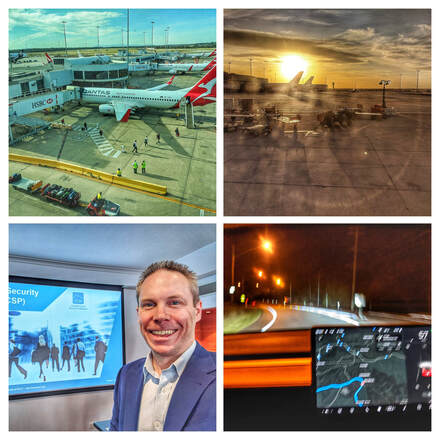
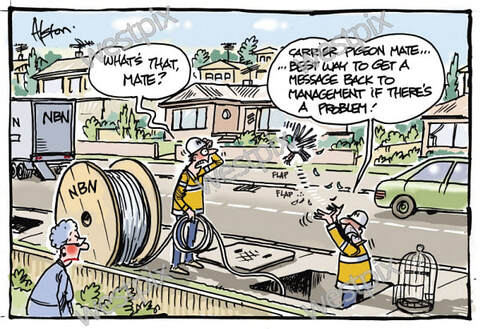
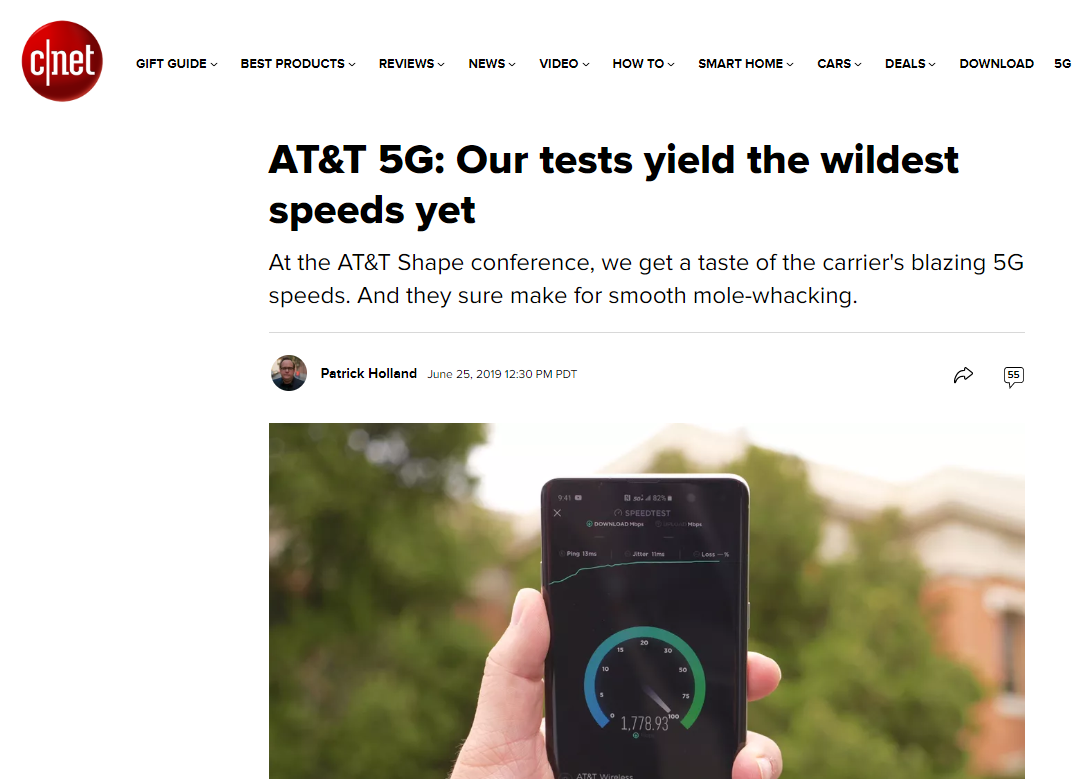

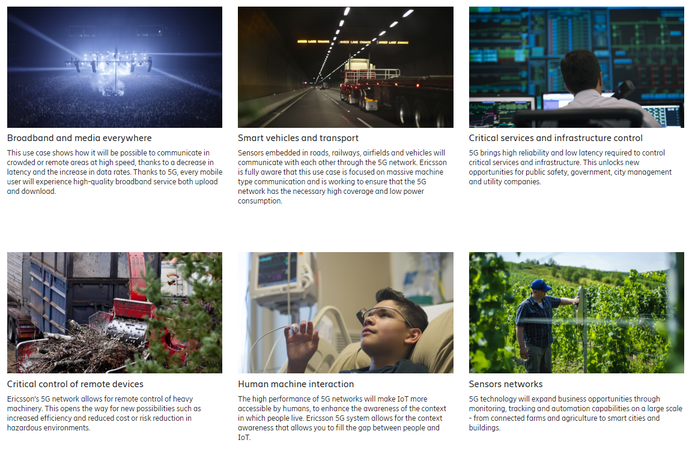
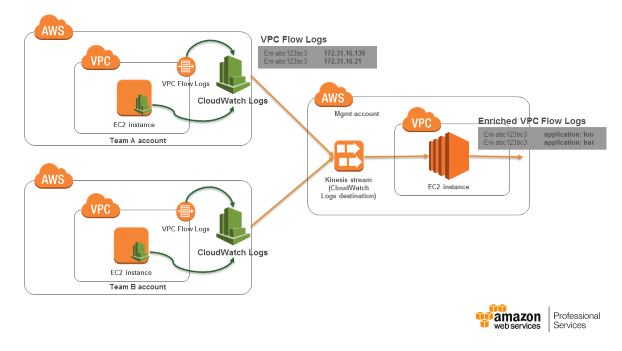
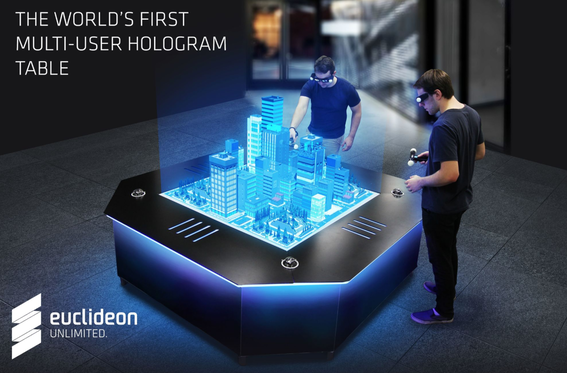


 RSS Feed
RSS Feed